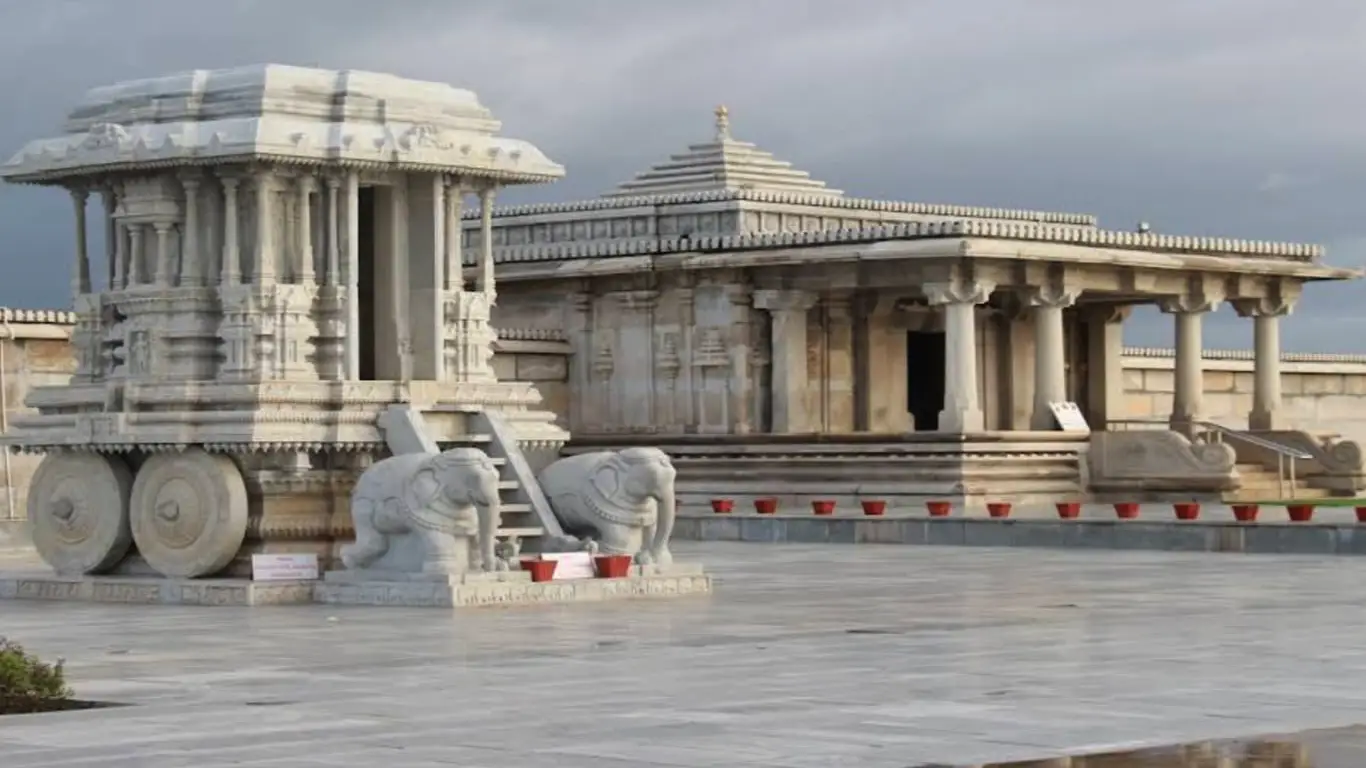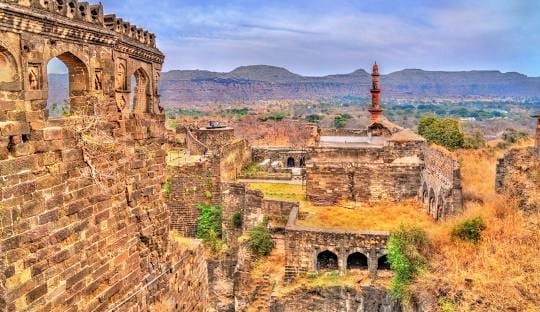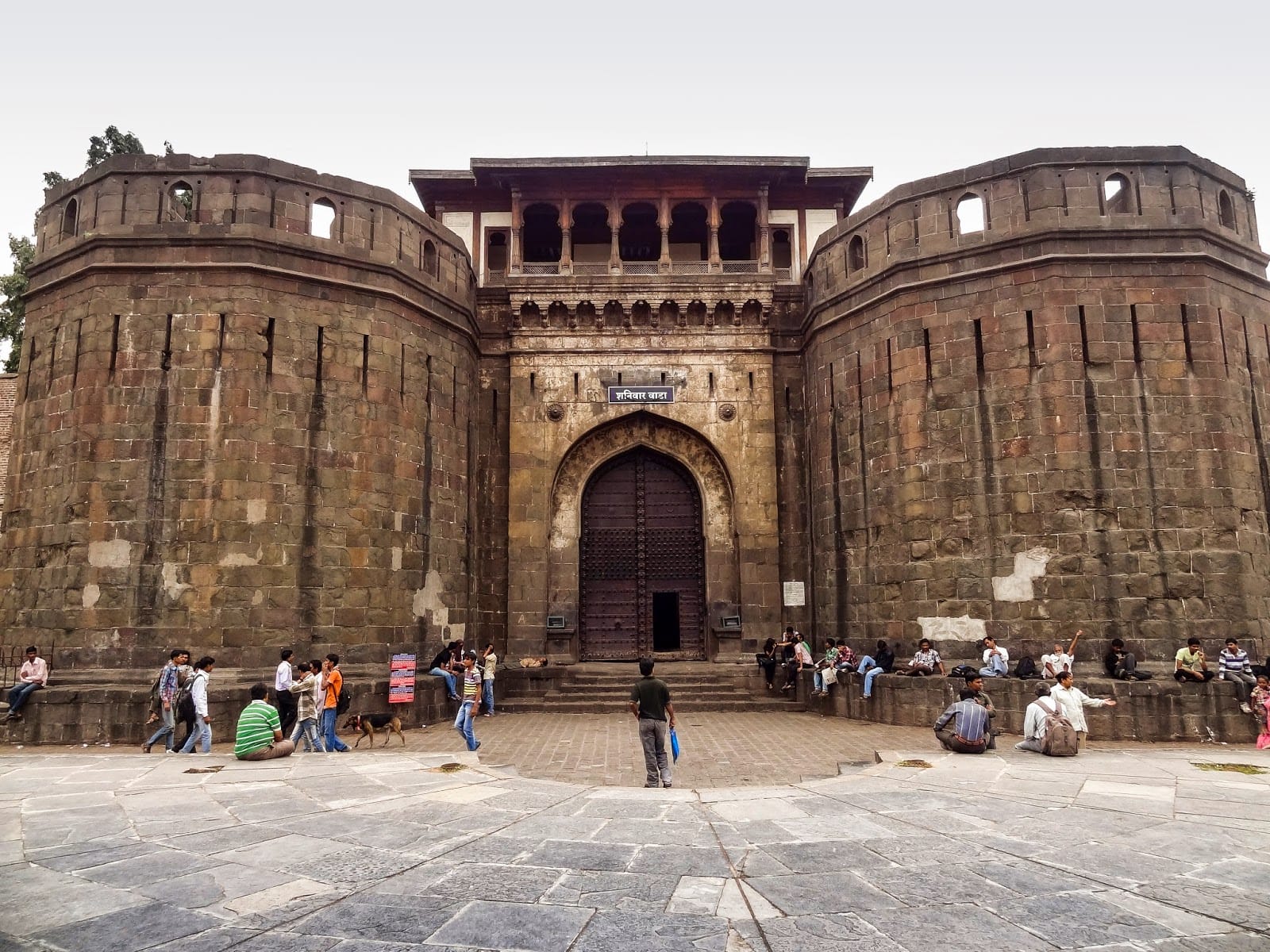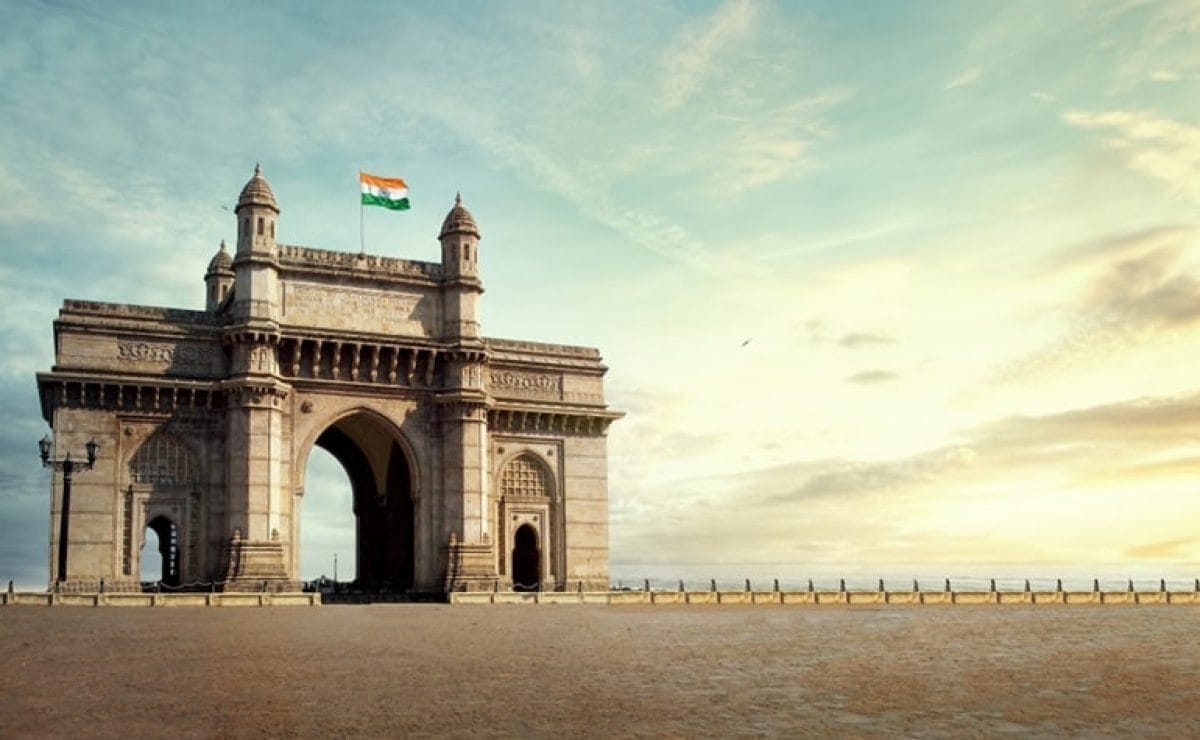
Artists create Ganjifa art, a traditional and intricate form of hand-painting miniature illustrations on playing cards. This vibrant art form transforms a simple deck of cards into a stunning canvas that narrates ancient stories and showcases exceptional craftsmanship. Artisans meticulously craft these cards, making each one a unique masterpiece.
Where Ganjifa Art Thrives
While Ganjifa was once widespread across India, dedicated artists now preserve this exquisite tradition primarily in a few key locations.
- Mysuru, Karnataka: This city stands as the most prominent hub for Ganjifa art today. The distinctive Mysuru school of painting heavily influences the local style, known as Mysore Ganjifa. Artists here create elaborate and detailed paintings that feature Hindu deities, courtly life, and scenes from great epics like the Ramayana, Mahabharata, and the Puranas. The Government of Karnataka actively supports and promotes local artisans, helping them continue this royal tradition.

- Sawantwadi, Maharashtra: The royal family of Sawantwadi has championed Ganjifa art for centuries. Artisans in this region craft beautiful lacquerware and painted wooden items, including their unique style of Ganjifa cards. They are particularly famous for their Dashavatara Ganjifa, which depicts the ten incarnations of the Hindu god Vishnu.

- Odisha: In Odisha, especially in places like Puri and Raghurajpur, artists practice a distinct style of Ganjifa known as Pattachitra Ganjifa. These artists use a folk art style, characterized by bold lines and natural colours derived from minerals and plants. They often paint the cards on starched cotton cloth, giving them a unique texture and feel.

Why Ganjifa Art Captivates the World
Ganjifa art’s fame stems from a powerful combination of history, artistry, and cultural significance.
- Intricate Craftsmanship: Artists pour immense skill and patience into every Ganjifa card. They execute detailed brushwork on a small surface, often using brushes made from squirrel hair. The level of detail in the characters’ expressions, attire, and backgrounds showcases the artist’s mastery.
- Historical Significance: Ganjifa cards originated in Persia and gained immense popularity in India during the Mughal era. Indian artisans adapted the game and the art, creating distinct regional styles. For centuries, these cards were part of a popular and strategic royal court game, embedding them deeply in India’s cultural and aristocratic history.
- Rich Storytelling: Ganjifa cards do more than serve a game; they narrate stories. Decks often follow specific themes, most famously the Dashavatara (ten avatars of Vishnu). Other popular themes include the Ashta Dikapala (eight cardinal guardians), the Nava Graha (nine planets), and elaborate sets depicting the entire Ramayana epic. This narrative quality makes the cards a powerful medium for cultural education.
- Use of Natural Materials: Traditionally, artisans create Ganjifa cards using eco-friendly, natural materials. They prepare the circular or rectangular canvases from cloth, palm leaf, or layers of paper bonded with tamarind seed paste. They create the vibrant pigments by grinding stones, minerals, and plants, ensuring the art form remains sustainable and rooted in nature. This organic process adds to the art’s unique charm and value.













